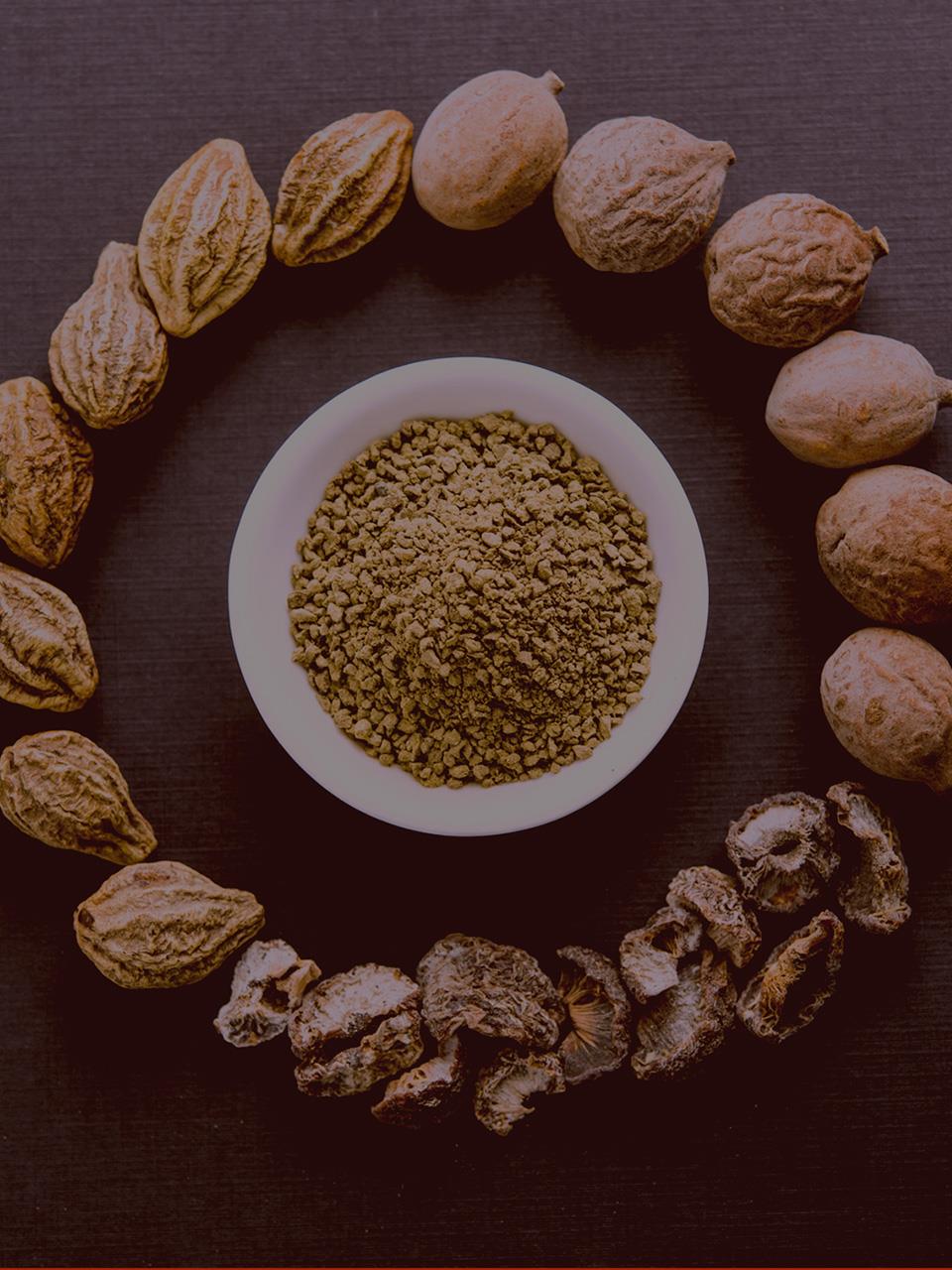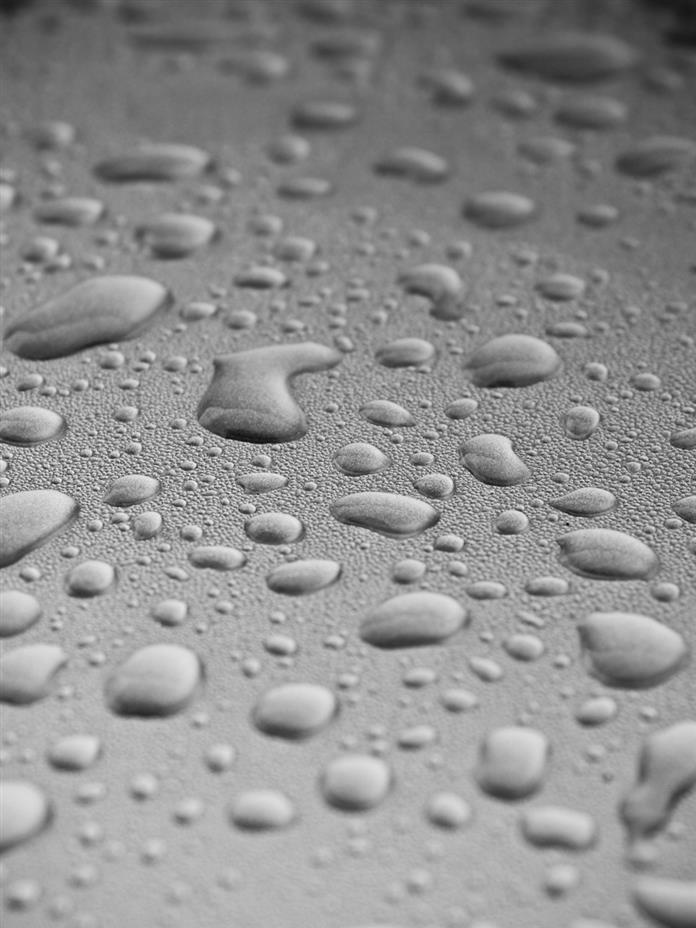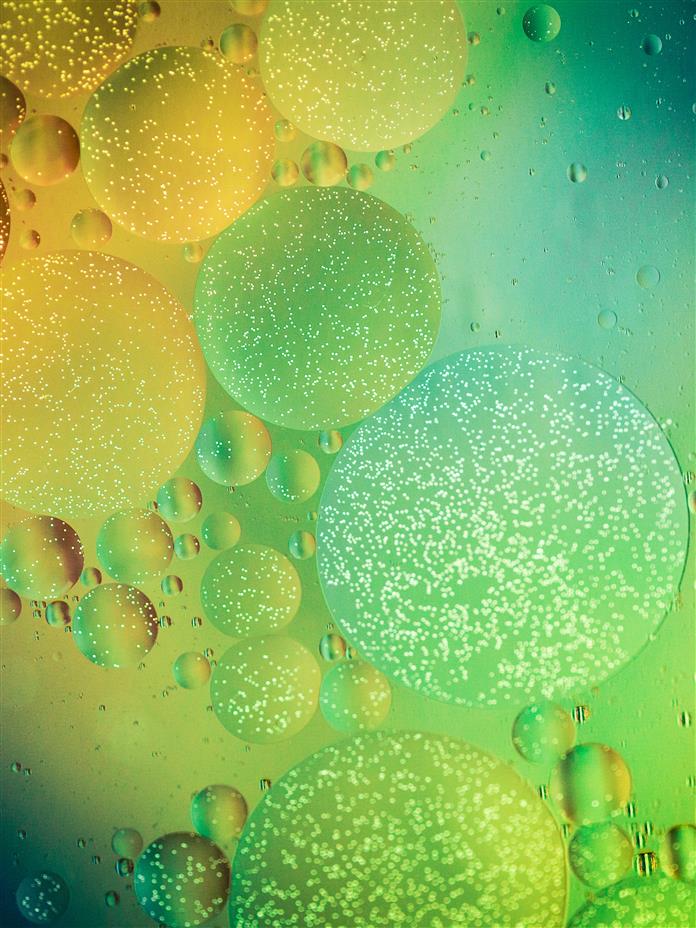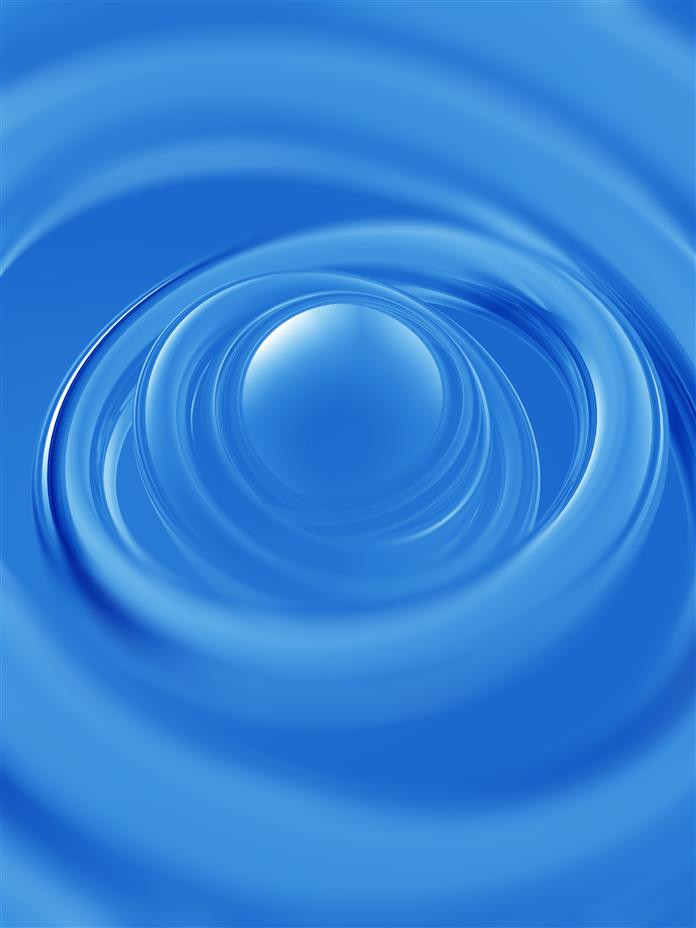
Tap to Read ➤
Triphala Side Effects
Ankana Dey Choudhury


Triphala benefits are multiple. Find out about the other side of the coin - triphala side effects - in this article in order to determine whether you should opt for it or not.

Triphalā, a word that has a Sanskrit origin, is a herbal meld of three different fruits, namely amlaki or amla, haritaki or harada and bibhitaki or bihara. More popularly known as Indian gooseberry, chebulic myrobalan and beleric myrobalan, it is the concoction of these three fruits put together which forms a rather potent motley of organic herbs, prescribed and recommended in the ancient Indian healing exposition of ayurveda for a number of ailments.

Truly, the benefits of triphala are numerous. But it is of utmost importance that we study the possible side effects of herbs before opting for any, mainly because each individual's body works differently and the course chosen by a herb in the body of a person might just have adverse effects.

When it interferes with some other conditions specific to a particular body. So, triphala side effects must be studied before you plan on adopting regular dosages of it. Let us now see whether triphala has any side effects or not.

Possible Side Effects of Triphala
The ancient treatise of ayurveda prescribes a dosage not exceeding 3 - 5 gms of triphala, when taken in the powder form.

Modern-day recommendations too ask to begin with 1 capsule or say one-fourth of a teaspoon of triphala boiled in water in the form of herbal tea, and then increase the dosage gradually.

Even then the upper limit for the intake of triphala is a maximum of 5 - 6 capsules per day. This way the body adapts to the working ways of triphala, learning to make the most out of triphala benefits gradually and doesn't undergo any drastic changes.

Ideally taken half an hour before going to bed, as nothing can be eaten for another 1 hour 30 minutes after triphala is consumed, a difference of at least two hours between dinner and the medicinal herb intake should also be maintained.

Ayurvedic doctors also mention that it is better to take a break from triphala ingestion every ten weeks for about a couple of weeks and then go back to taking it again. This way, not only does the body get a chance to be off any laxative for sometime, but a person doesn't start to get dependent on triphala psychologically.

If these dosages are adhered to, then it can be safely said that triphala has absolutely no uncalled-for fallouts at all. However, in case an individual starts with a very high dosage of this herbal mixture, it will result in an increased frequency of bowel movement or loose motions.

In simple words, a person shall experience diarrhea or loose motions in layman's terms. Also, one may experience the formation of gas in the stomach or more precisely in the intestinal regions, given the abrupt change in the rate of cleansing and purification in the body, when a high dose of triphala is suddenly initiated.

Women who are expecting are advised to halt the ingestion of triphala during the gestation period due to similar reasons. As the hormones already wreak havoc during pregnancy, the intake of triphala would only add to the discomfort with possible dysentery attacks.

Other than this, triphala is safe to the extent that even kids over the age threshold of three can have it. It doesn't interfere with the healing course of any other allopathic medicines to create further complications. Since triphala is not addictive, a person never really gets dependent on it, even to its laxative properties, and can withdraw from it at any given point of his life.

Modern-day scientists have specially devised triphala tablets, as the powder is bitter and leaves a bad taste in the mouth. Triphala ranks very high in the chart of herbal remedies as it is not only good for the gastric system of the body but is also a herbal nutrition supplement.

One of the top medicines considered for herbal remedies for arthritis and blood pressure, it is safe enough to be used for cleansing and washing eyes and applied on the skin for obtaining a smooth, perfect texture. Ongoing researches on herbs for cancer have tapped some harnessing effects of triphala on the growth and spread of cancer cells.

In fact, a research report published by the Radiation and Cancer Biology Laboratory at Jawaharlal Nehru University, New Delhi, India, in 2005 vouched for the fact that triphala does wonders when it comes to reducing tumorous growths in animals.

The "Journal of Experimental and Clinical Cancer Research" piece also illustrated the capacity of triphala to increase the antioxidant generation in the body.

So you see, triphala has a lot to give and almost nothing to take away. Even though there are no massive triphala side effects, I would still ask you to consult a certified ayurvedic expert before starting the consumption of triphala, as the human body is a peculiar instrument, which defies its own behavior patterns in a greater frequency than the human brain.

Disclaimer: This story is for informative purposes only, and should not be used as a replacement for professional medical advice.

